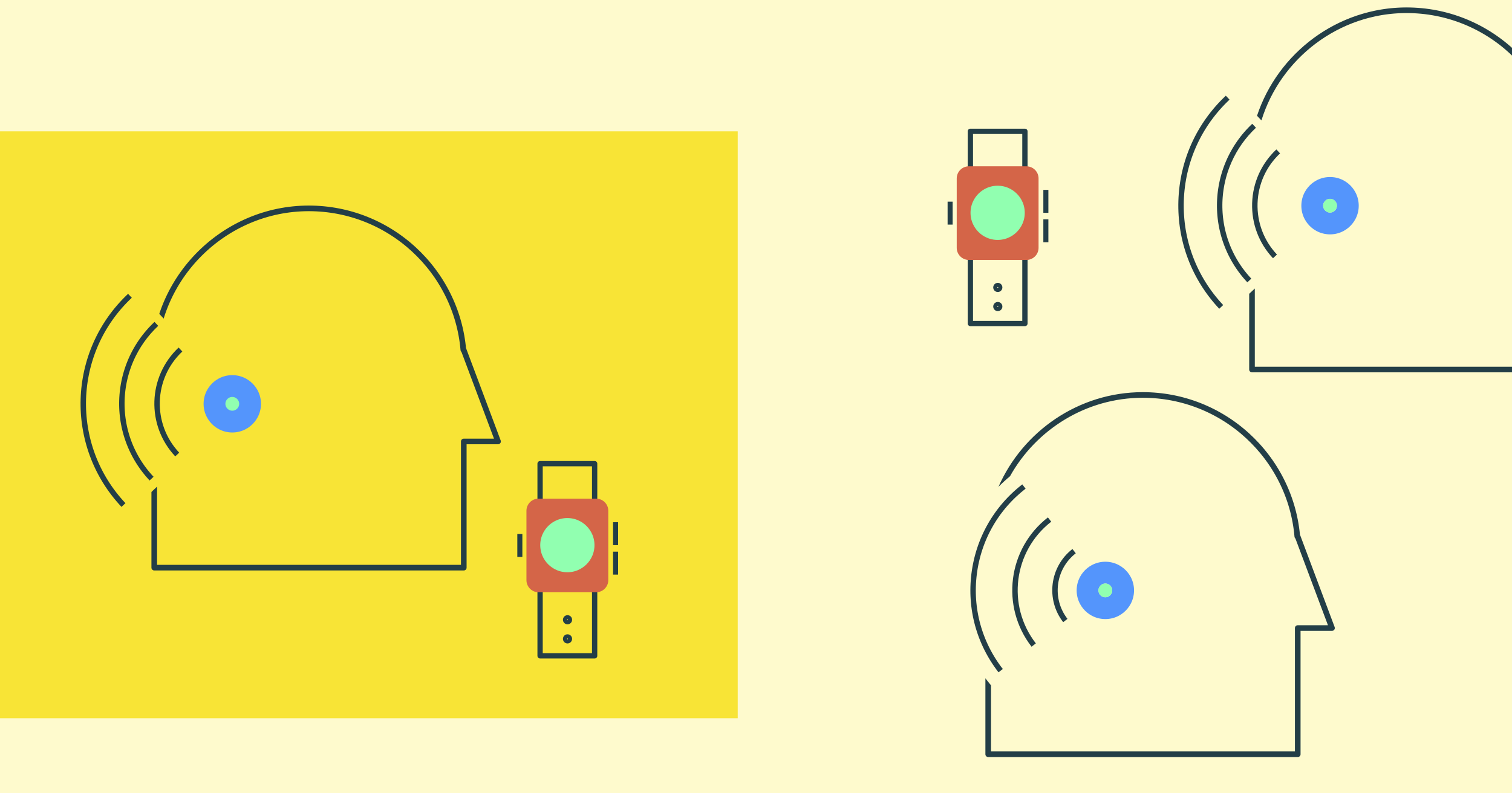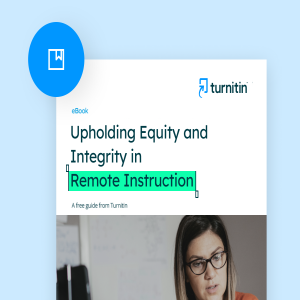There are new and emerging trends in academic misconduct; in this post, we are taking a closer look at cheating devices used to purposely evade detection on exams with the goal of illuminating ways to mitigate their impact on student learning and accurate assessment with integrity.
1. What are electronic cheating devices?Cheating devices run the gamut from smartwatches to hidden earpieces also known as “spy earpieces.”
Students may use these devices to engage a third party to get answers or even play pre-recorded answers. Smartwatches may contain “cheat sheets” with notes and other critical information needed for answers on an exam.
They often market themselves as being able to “avoid detection” and easy to use. One spy earpiece company states, “You can hide your phone in the pocket and hear your friend telling you the answers through the earpiece in your ear.” Another blatantly states, “Cheat on a test without getting caught!” And the devices are getting smaller (some advertised to be as small as a grain of rice) so as to avoid detection via proctoring solutions.
2. How do they manifest in student work?In proctoring scenarios, you may see the student whispering to a third party. Or looking down to check their phone. They may stall in answering each question and take longer to respond. On the other hand, this could be normal behavior--oftentimes people do look up to ponder an idea or concept.
If the assessment offers both memorization-based questions and higher-order thinking questions, there may be a difference between the quality of the responses. That is, the student may have a lower score on responses that require deep conceptual knowledge.
3. How do they impact academic integrity?This form of misconduct is purposeful and intentional. Not only is the student not learning—they’re purposely trying to avoid detection and engaging in a short-cut solution.
Additionally, since there is an outlay of costs, the inequity from misconduct is greater—those who can afford to pay for these electronic devices have access to this form of misconduct.
Stressed students who are working for a grade rather than to learn are most vulnerable to using cheating devices.
4. Ways to mitigate cheating devicesItem analysis is useful in order to examine whether answers are similar across a group of students. It is also useful in determining whether a student struggled with deep conceptual understanding versus rote memorization. Either way, the data can inform teaching and subsequent instruction regarding concepts as well as academic integrity issues.
Proctoring tools can flag anomalous behavior and ensure that students don’t leave their screen during an exam or consult a third party. Additionally, academic integrity tools can mitigate plagiarism or third-party responses.
Most importantly, assessment design is a critical way to uphold academic integrity. Offering a combination of frequent low-stakes and high-stakes assessments as well as a variety of different formats increases insights into student learning and makes students feel seen; additionally, anomalies can be seen, too.
Use a formative approach and scaffold assignments to enable transparency into student work and open up opportunities for feedback loops. Make students feel seen (figuratively via feedback loops and literally via proctoring solutions) and consider one-on-one meetings after the assignment to assess a deep conceptual understanding of the topic at hand. Or just to check in on student wellness.
Make exams and assessments open-book and/or open-note so that the answers aren’t dependent on rote responses but focused on original ideas and deep conceptual knowledge.
Limit time for students to complete assessments--time allotted should be comfortable enough for students who know the material but not so generous that stressed students resort to electronic devices.
We hope that students feel supported and engaged in learning and bringing awareness to this form of misconduct helps educators everywhere uphold academic integrity.





